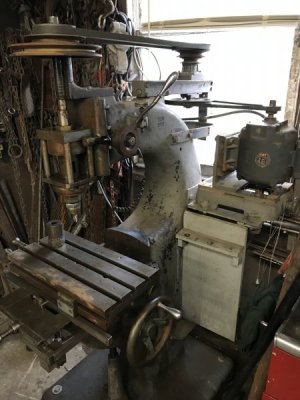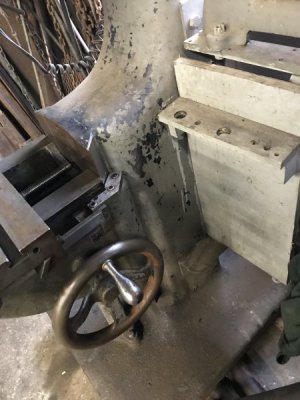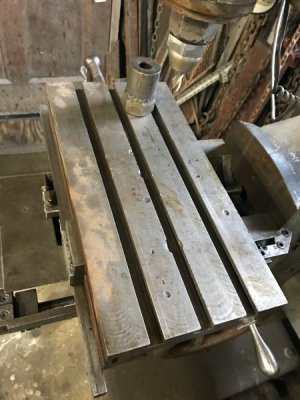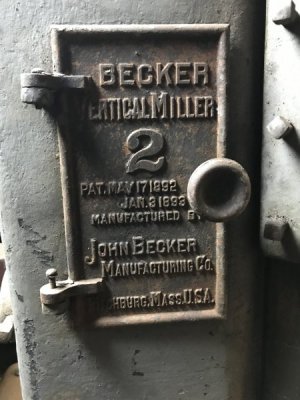Hello
I've gotten the bug. Yesterday I bought a Becker #2 mill and honestly don't know anything about what I'm doing. They guy I got it from didn't know much about it not even what taper he though it was a Brown taper. Any help would be gratefully appreciated. I've tried to upload some photos if they didn't come through I'll tray again. Thanks.




I've gotten the bug. Yesterday I bought a Becker #2 mill and honestly don't know anything about what I'm doing. They guy I got it from didn't know much about it not even what taper he though it was a Brown taper. Any help would be gratefully appreciated. I've tried to upload some photos if they didn't come through I'll tray again. Thanks.




